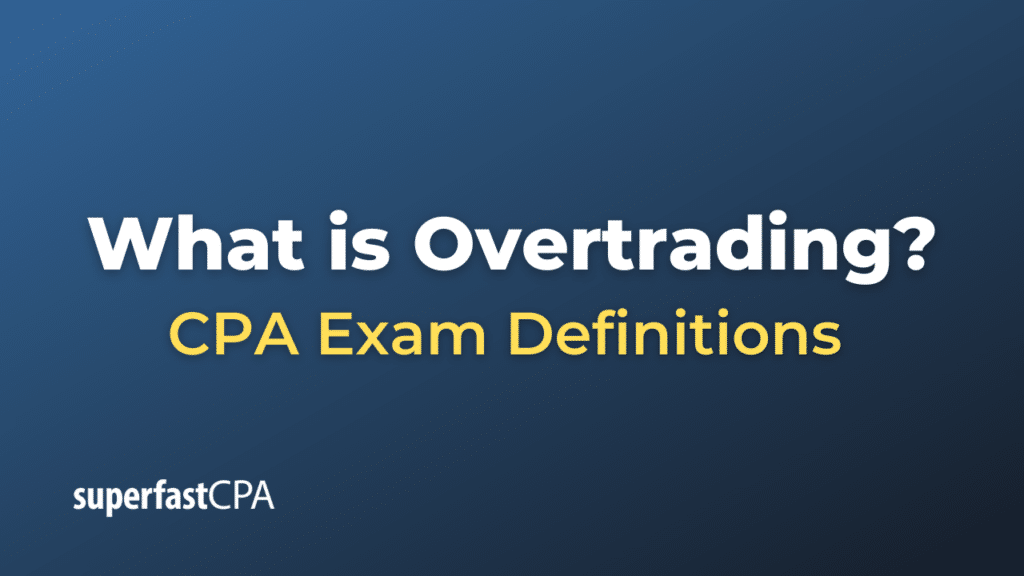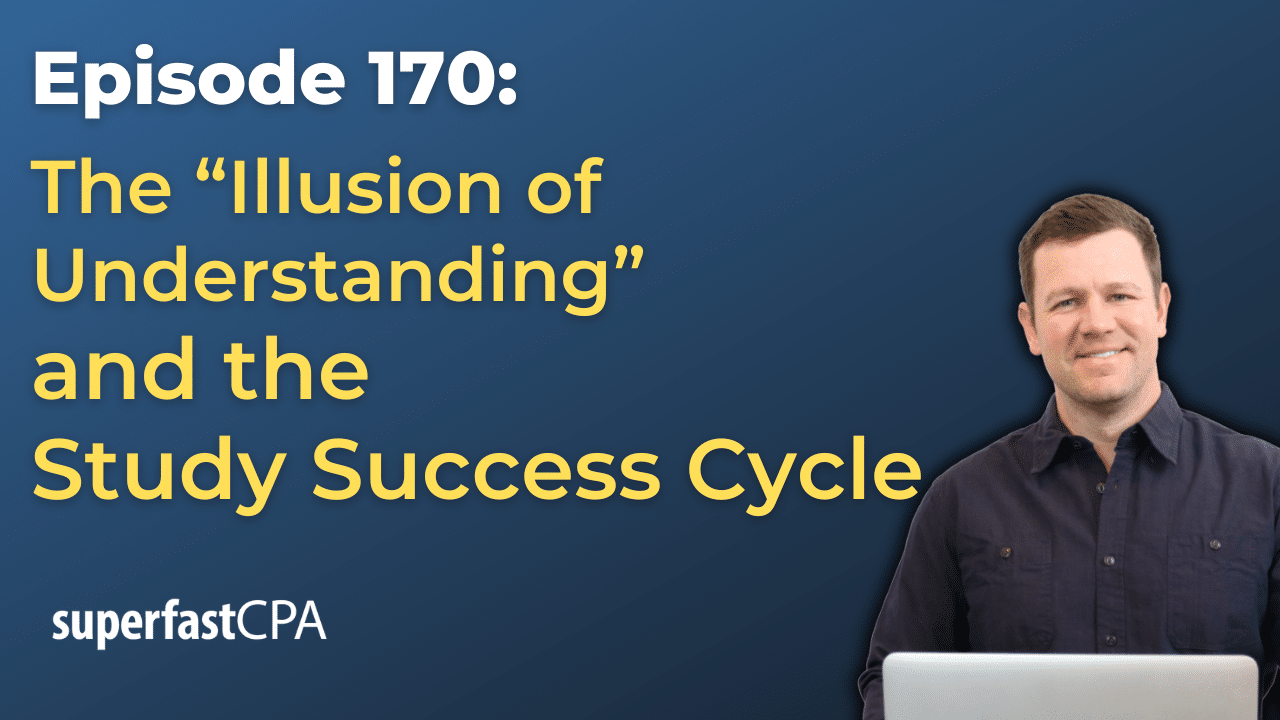Overtrading
Overtrading, in the context of business operations, refers to a situation where a company expands its operations aggressively, often by increasing sales and production, without having sufficient financing or capital to support this expansion. This could be due to overly optimistic expectations, poor financial management, or aggressive growth strategy. Overtrading often results in a company facing cash flow problems, as it might not be able to pay its creditors on time, leading to potential insolvency.
In the context of investing, overtrading refers to excessive buying and selling of stocks or other securities by an investor or a trader. This behavior often incurs high transaction costs and can reduce the investor’s overall returns. Overtrading can occur due to several reasons such as overconfidence, market volatility, or emotional responses to market fluctuations. It’s generally considered a risky behavior and is discouraged in prudent investment strategies.
Both forms of overtrading are often seen as a result of poor financial management and can be detrimental to the long-term health and success of a business or investment portfolio.
Example of Overtrading
Here are examples of overtrading in both the business and investing contexts:
Business Operations Context:
Imagine a small clothing retailer, TailorMade Fashion, which has been seeing steady growth. Encouraged by this, the owner decides to expand the business rapidly by opening new stores in several locations simultaneously. The owner anticipates that the revenue from increased sales will cover the costs of the expansion.
However, the costs to open new stores (rent, staff wages, utilities, inventory procurement etc.) are immediate, while the sales revenue from these new locations is not instant, and grows gradually as customers become aware of the new stores. The company rapidly depletes its cash reserves to fund the expansion and starts struggling to meet its day-to-day operating expenses and pay off its creditors. This scenario is a classic case of overtrading, where the company expanded too quickly without having sufficient financing to support its growth.
Investing Context:
Consider an individual investor, Bob, who’s just started day trading stocks. He enjoys the excitement of the stock market and trades several times a day, trying to take advantage of every slight fluctuation in prices.
However, Bob’s frequent trading incurs significant transaction costs, including brokerage fees and, potentially, short-term capital gains taxes. Moreover, his strategy is not based on sound investment principles or thorough research, but rather on emotional reactions to market movements. Over time, the costs of his frequent trades start to erode his capital, and he finds that despite some winning trades, he’s losing money overall. This is an example of overtrading in an investing context, where excessive trading leads to high costs and reduced returns.














